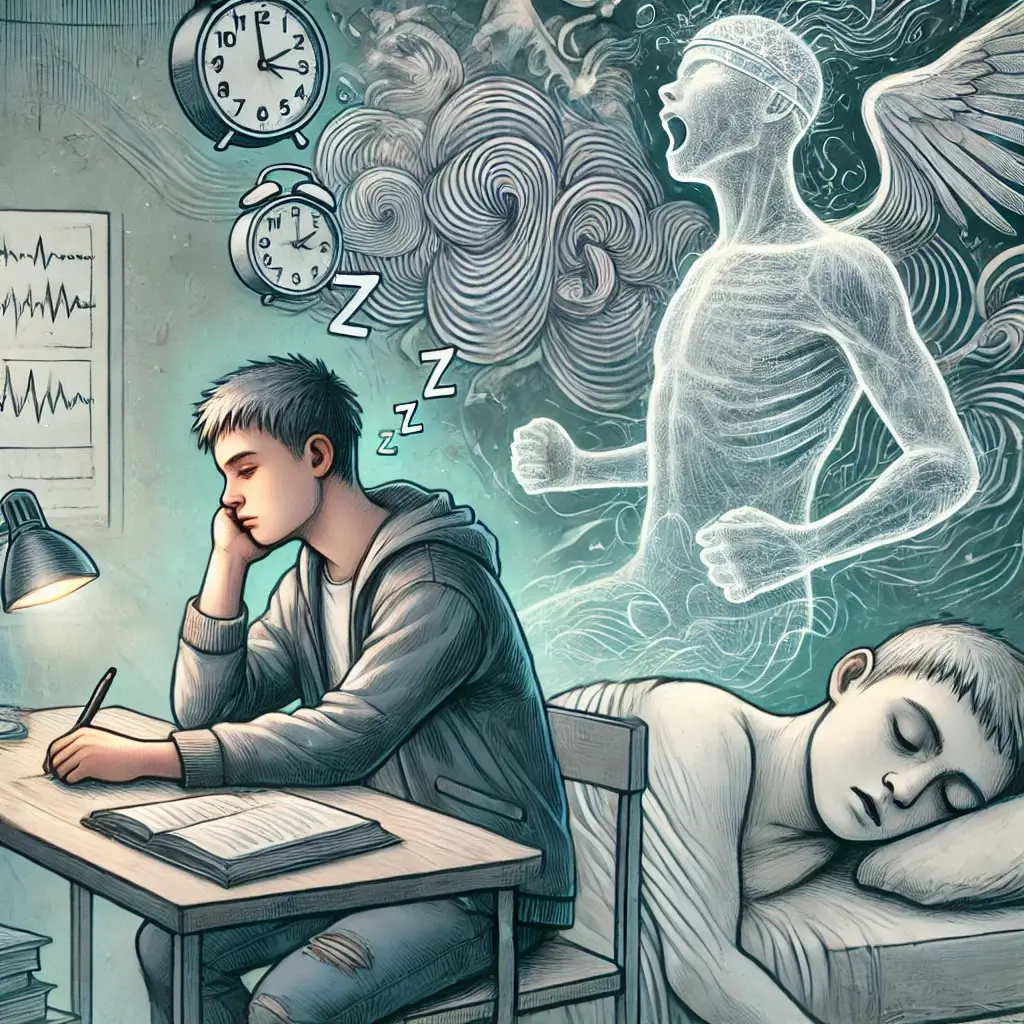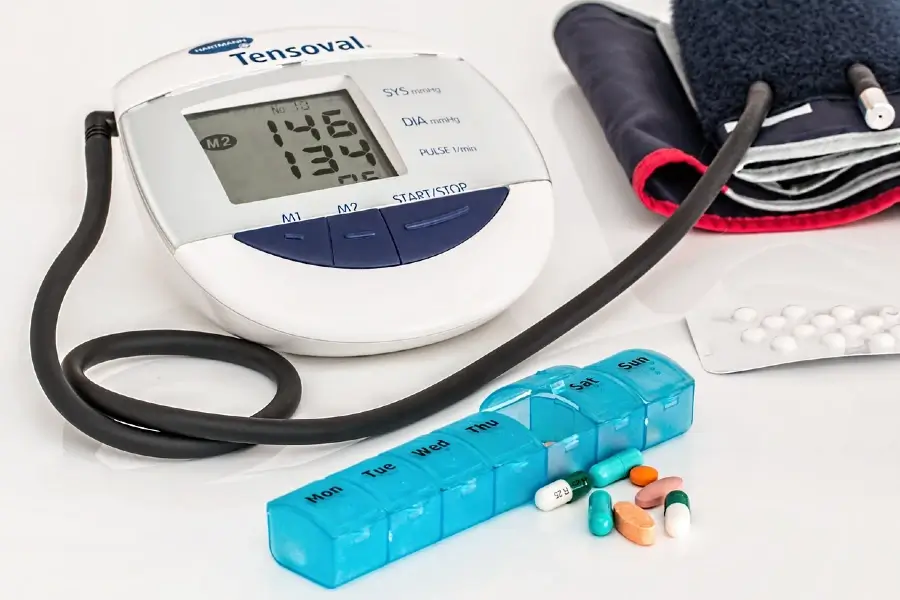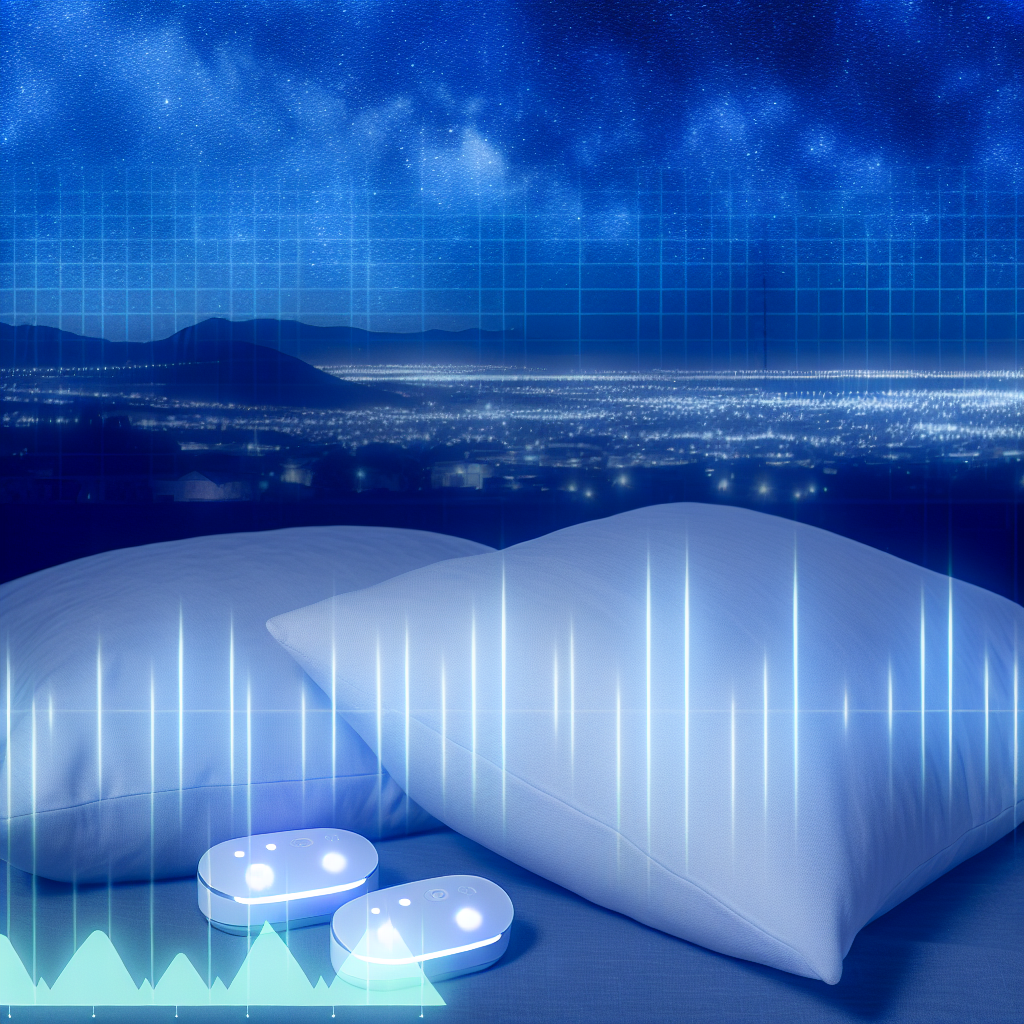Understanding Narcolepsy’s Impact on Sleep-Wake Cycles
The chronic neurological condition narcolepsy interferes with the brain’s capacity to control sleep-wake cycles. Cataplexy, sleep paralysis, and hypnagogic hallucinations are common side effects of excessive daytime sleepiness (EDS) among narcoleptics.
Excessive Daytime Sleepiness: The Primary Symptom
The most typical narcolepsy symptom is EDS. Even after a full night’s sleep, people with excessive daytime sleepiness may feel exhausted all day. They could also struggle to stay awake during the day, even when they are doing enjoyable things.
Understanding Cataplexy and Emotional Triggers
Strong emotions like laughing, surprise, or rage can cause cataplexy, which is characterized by an abrupt decrease of muscular tone. People experiencing cataplexy may pass out or drop items.
Varying Severity of Cataplexy Symptoms
The severity of cataplexy can vary from little weakness to total paralysis. Although it can affect any muscle in the body, the face, neck, and shoulders are the most frequently affected. Speaking slurred, having drooping eyes, or having weak legs are some of the symptoms of cataplexy. People with severe cataplexy may pass out or drop items.
Duration and Triggers of Cataplexy Episodes
Usually lasting only a few seconds or minutes, cataplexy is transient. But that might happen several times a day. Although intense emotions are frequently the cause, other possible triggers include physical strain, stress, or loud noises.
Treatment Options for Cataplexy
Although there is not a cure for cataplexy, there are therapies that can lessen its symptoms. The standard treatment for cataplexy consists of behavioral therapy, lifestyle modifications, and medication.
Understanding Sleep Paralysis
A person who has sleep paralysis will momentarily become unable to move or talk when they are going to sleep or waking up. People who have sleep paralysis may feel that they are being held down or are suffocating, which may be scary.
Hypnagogic Hallucinations Explained
When someone is going to sleep, they might have vivid, dream-like experiences known as hypnagogic hallucinations. Hallucinations caused by hypnagogy might be tactile, aural, or visual.
Causes and Risk Factors
Although the precise etiology of narcolepsy is uncertain, a mix of environmental and genetic factors are considered to be responsible. People who have particular genes, have had brain tumors or head traumas, or both are more likely to suffer from narcolepsy.
Treatment Approaches for Narcolepsy
Although there is not a cure for narcolepsy, there are therapies that can lessen its symptoms. Behavioral therapy, lifestyle modifications, and medication are usual treatments for narcolepsy.
Medication Options
Among the drugs used to treat narcolepsy are:
Modafinil, sometimes known as Provigil, is a stimulant drug that aids in the reduction of EDS.
Sodium oxybate (Xyrem) is a drug that eases cataplexy and excitability-depression symptoms.
Pharmacological treatment for increasing wakefulness is atomoxetine (Strattera).
Lifestyle Management Strategies
Modifications in lifestyle that can aid in the management of narcolepsy symptoms include:
Exercise on a regular basis: Exercise helps lessen EDS and enhance sleep quality.
Keeping a consistent sleep pattern can assist to control the body’s sleep-wake cycle. Aim to go to bed and wake up at the same time every day.
Steer clear of alcohol and caffeine: These substances can interfere with sleep.
Establishing a calming nighttime habit: A calming nighttime routine can aid in the body’s sleep preparation.
Role of Behavioral Therapy
Through behavioral treatment, individuals with narcolepsy can learn coping mechanisms for EDS and cataplexy, which can help them control their symptoms.
Seeking Medical Help
Although narcolepsy is a chronic illness, it is treatable. To get a diagnosis and treatment for narcolepsy, it is important to visit a physician.

Dominic E. is a passionate filmmaker navigating the exciting intersection of art and science. By day, he delves into the complexities of the human body as a full-time medical writer, meticulously translating intricate medical concepts into accessible and engaging narratives. By night, he explores the boundless realm of cinematic storytelling, crafting narratives that evoke emotion and challenge perspectives.
Film Student and Full-time Medical Writer for ContentVendor.com




